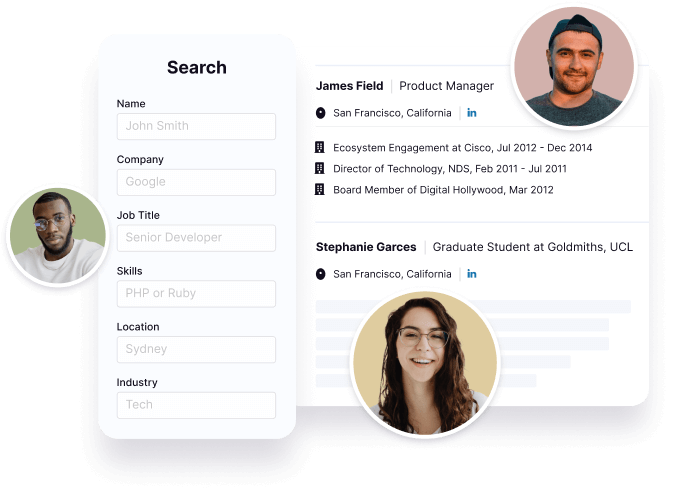Xingwei Yang's Email & Phone Number
Expert in day one
Xingwei Yang Email Addresses
Xingwei Yang Phone Numbers
Xingwei Yang's Work Experience










Self Project
Deep Learning for Object Recognition
January 2014 to January 2014

Self Project
Internet File Analysis
January 2014 to January 2014


Los Alamos National Laboratory
Summer Research Intern
May 2010 to August 2010


Engineering Manager
Show more
Show less
Xingwei Yang's Education
Temple University
January 2006 to January 2010
Huazhong University of Science and Technology
January 2002 to January 2006
Show more
Show less
Frequently Asked Questions about Xingwei Yang
What is Xingwei Yang email address?
Email Xingwei Yang at [email protected] and [email protected]. This email is the most updated Xingwei Yang's email found in 2024.
How to contact Xingwei Yang?
To contact Xingwei Yang send an email to [email protected] or [email protected].
What company does Xingwei Yang work for?
Xingwei Yang works for Google
What is Xingwei Yang's role at Google?
Xingwei Yang is Staff Software Engineer/Engineering Manager
What is Xingwei Yang's Phone Number?
Xingwei Yang's phone (**) *** *** 304
What industry does Xingwei Yang work in?
Xingwei Yang works in the Computer Software industry.
Xingwei Yang's Professional Skills Radar Chart
Based on our findings, Xingwei Yang is ...
What's on Xingwei Yang's mind?
Based on our findings, Xingwei Yang is ...
Xingwei Yang's Estimated Salary Range
Xingwei Yang Email Addresses
Xingwei Yang Phone Numbers
Find emails and phone numbers for 300M professionals.
Search by name, job titles, seniority, skills, location, company name, industry, company size, revenue, and other 20+ data points to reach the right people you need. Get triple-verified contact details in one-click.In a nutshell
Xingwei Yang's Personality Type
Introversion (I), Sensing (S), Thinking (T), Perceiving (P)
Average Tenure
2 year(s), 0 month(s)
Xingwei Yang's Willingness to Change Jobs
Unlikely
Likely
Open to opportunity?
There's 93% chance that Xingwei Yang is seeking for new opportunities




























Xingwei Yang's Social Media Links
/in/xingweiyang /redir/redirect /company/google /school/templeuniversity/